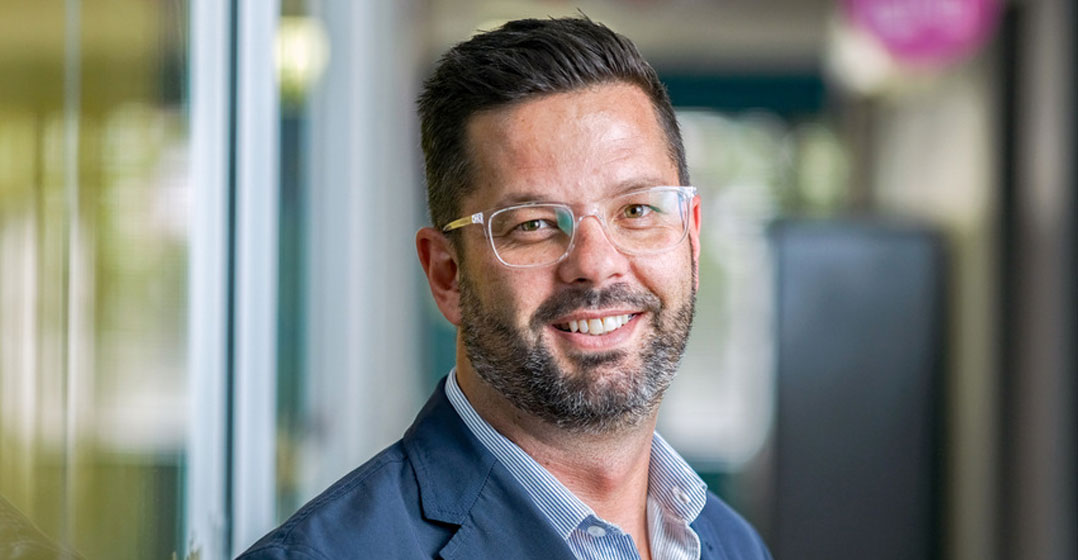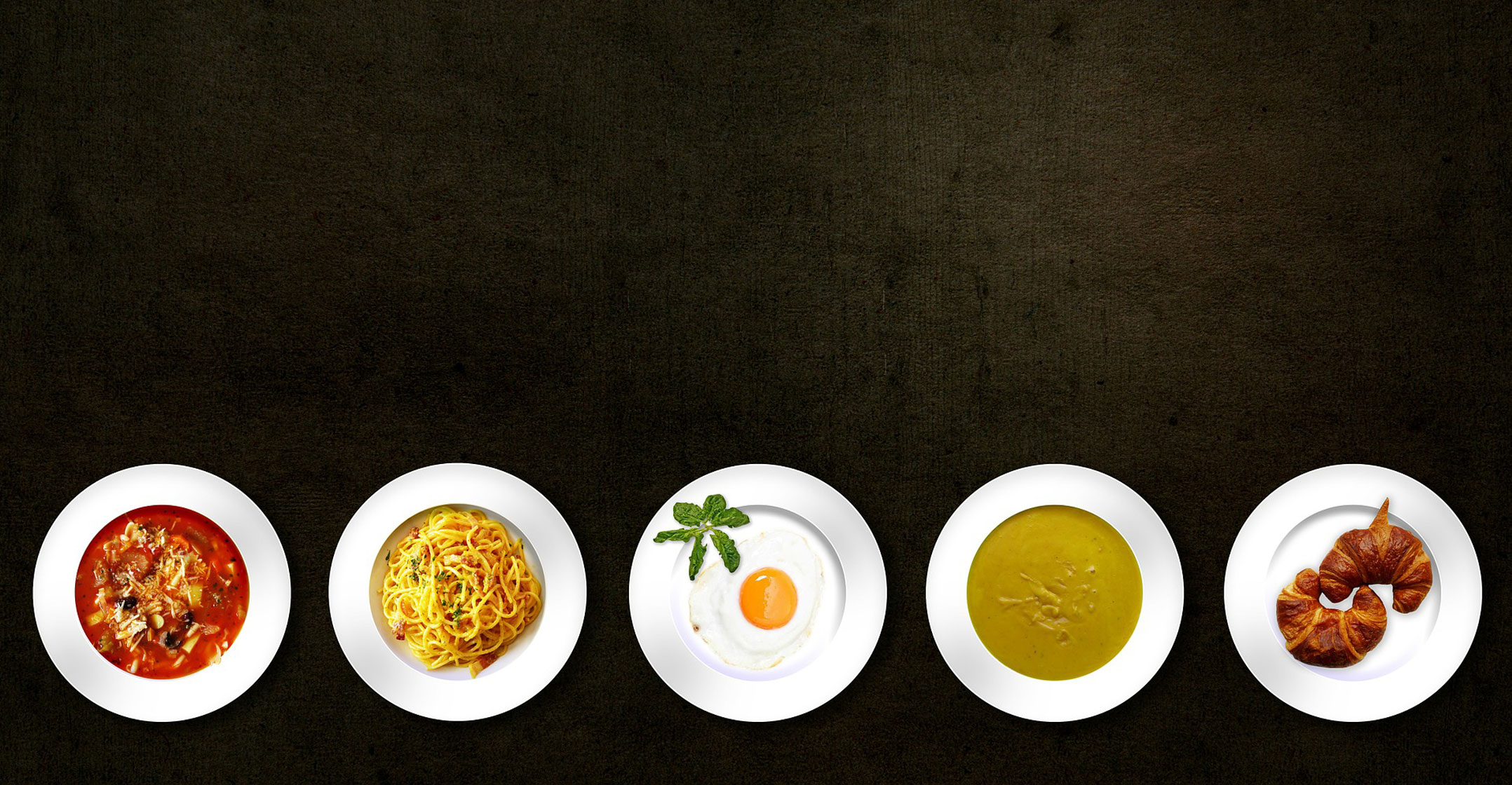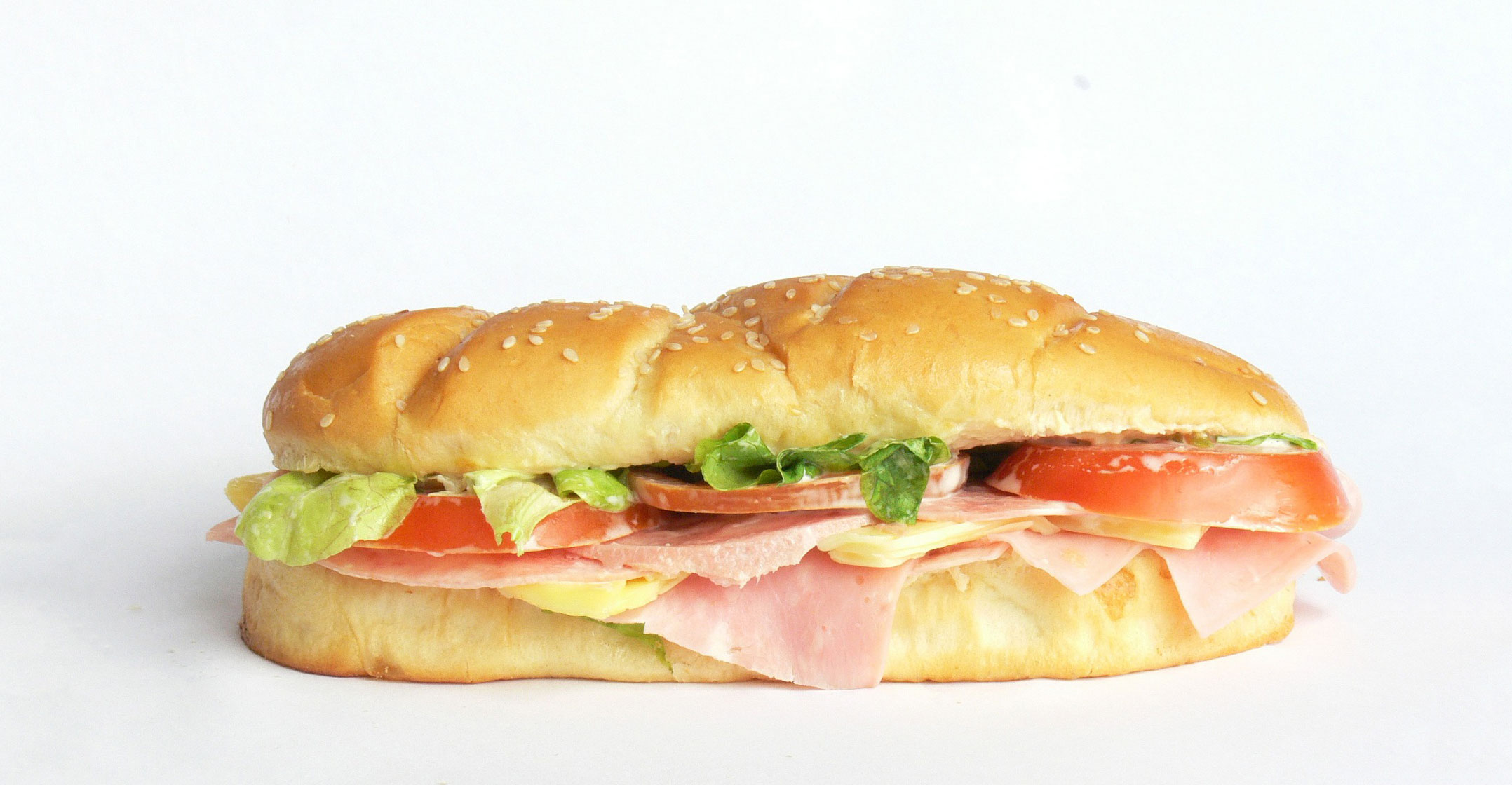
The food and beverage service industry isn’t for the fainthearted. There is a reason why absentee owners often lead to failed restaurants. Few industries demand more hands-on attention and care than where food and people converge. A successful food service business — restaurants, cafes, coffee shops and even fast-food outlets — is a high-volume, high- variation customer-focused business where personal touches often make all the difference.
This combination of service elements has also made the Covid-19 pandemic a bigger challenge for food and beverage services than most other industries. A reduction in customer traffic, restrictions around alcohol sales, supply chain disruptions and ongoing social distancing are some of the challenges that restaurants and their peers have to overcome.
Beyond that is a challenge that has been shadowing restaurants for some time: the need to “modernise”. A typical food and beverage outlet still doesn’t use digital technologies to its advantage. Many continue to rely on antiquated point-of-sale systems, and the height of technological sophistication is often a Wi-Fi hotspot. Businesses serving food and drinks can do many things to improve market share and profits, as McKinsey explores in this report, but such changes have always been very challenging for a restaurateur.
Modernisation is no guarantee of success, and when your primary focus is on people, service and volume, talks about “smart” restaurants often don’t fit in with reality. Besides, restaurants have tried using touchpad menus and food-order apps, with mixed results. There is clearly a need for something better, said Hymie Marnewick, MD of XLink Communications.
“We’ve been operating within the retail payment space for 16 years, which is where we first noticed this problem. There is tremendous potential to improve restaurants with digital technologies, but the two are often shoehorned together. A restaurant will pick a service here or there, but that does nothing to improve its overall operations and customer engagement. So, you might sign up for an app that delivers your food to people. But what does that mean for your restaurant operations and people, or how you promote deals to regular customers? Some restaurants do not even want to go this route because it actually puts distance between them and their customers. That’s a big no-no in such a people-driven sector. So there has to be a better way.”
Platforms rise to the challenge
The luxury of not modernising was highlighted when the pandemic arrived. Food and beverage service businesses have to change, if only to help them be efficient enough to overcome the pandemic’s barriers. Yet the problem Marnewick articulates has not gone away. Even now, restaurants are increasingly signing up to app services that inflate their costs and distance them from their clientele.
Enter the FoodGuru platform. Industry platforms are everywhere around us: Practically every major digital service is a platform — a software system built using modern Web and cloud technologies. Platforms offer numerous advantages over previous technology options. When one looks towards a platform business model of products or services, it should perform at least one essential function within a “system of use” or solve an essential technological problem within an industry. It should be easy to connect to or to build upon to expand the system of use as well as to allow new and even unintended end uses (Brain Armstrong et al, Wits Business School).
They use their scale to offer lower costs — instead of buying an internal or industry platform as you would with traditional software, you subscribe to the service you need and often only pay for what you use. If you don’t want to use a service anymore, you just discontinue it.
 In the same vein, using a multi-sided platform doesn’t mean using all of its services but only those that you need for your operation.
In the same vein, using a multi-sided platform doesn’t mean using all of its services but only those that you need for your operation.
This flexibility is precisely where FoodGuru differs from other choices such as food delivery apps: A food-centric platform offers choice, and provides other services such as inventory management, customer relationship management, staff management, health protocols, and online orders and bookings. It is responsive to its customers’ needs and continuously develops relevant services that its subscribers can access immediately — no more buying new software to get the latest features.
“Multi-sided platforms are the miracles of the digital age,” said Goltz Wessmann, CEO of Fastcomm. “They challenge everything about previous generations of software because the users never have to own the technology platform. They don’t have to spend a fortune producing the software and installing it. They don’t even have to get specialised hardware, because services are pushed through browsers and apps. Almost any smartphone or desktop PC or laptop can be a terminal. Then there is integration: A platform can talk to many parts of the business.”
Restaurants take back control
Multi-sided platforms offer a service sandbox for restaurants: The platform is a foundation on which various services can be deployed and then integrated to talk to each other. This is a far cry from a standalone app that only handles food order and delivery, taking control away from the restaurant.
Multi-sided platforms built for the food and beverage service industry are opening modernisation’s doors, in terms that the restaurants, not the technologists, control. XLink and Fastcomm have been developing that capacity for the local market, offered through the FoodGuru platform. This is a one-stop service that incorporates all of the above advantages.
 As restaurants, coffee shops, taverns, fast-food outlets and others start to find their feet, they have a powerful ally in platforms such as FoodGuru. It’s an opportunity to overcome current challenges while also creating a more efficient and responsive business — without the enormous risks and costs generally associated with restaurant modernisation.
As restaurants, coffee shops, taverns, fast-food outlets and others start to find their feet, they have a powerful ally in platforms such as FoodGuru. It’s an opportunity to overcome current challenges while also creating a more efficient and responsive business — without the enormous risks and costs generally associated with restaurant modernisation.
“We’ve seen platforms make a tremendous impact on other sectors,” Marnewick said. “Platforms are one of the reasons why companies could shift to work-from-home environments so quickly (think Microsoft Teams and the suite of services Microsoft 365 delivers). But we find that restaurants are just nibbling on digital transformation because they aren’t really feeling the value they should be getting. That’s because the market has been selling them one thing at a time. That’s never going to work. But a platform such as FoodGuru will soon change all of that.”
- This promoted content was paid for by the party concerned

